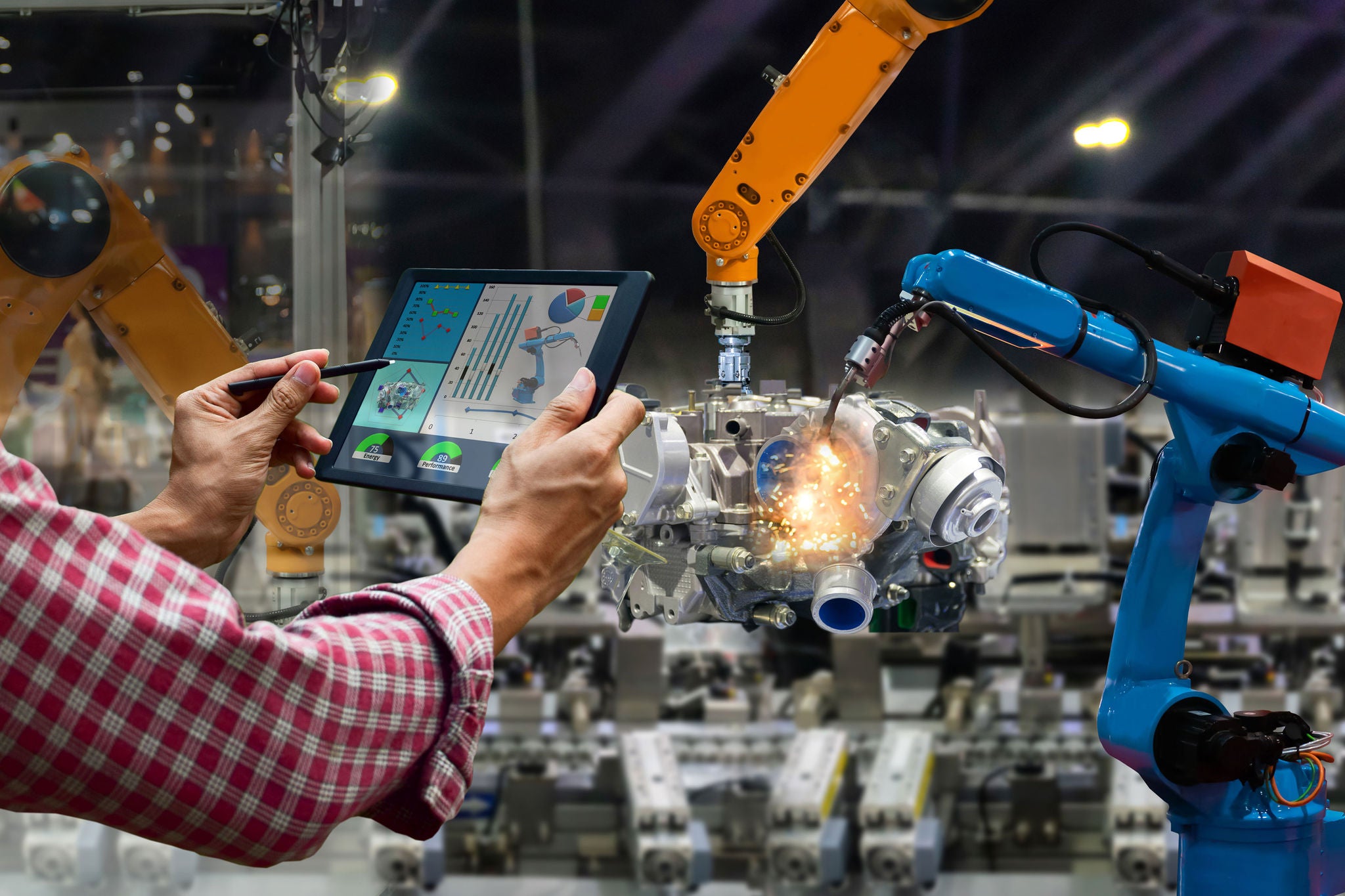A data-driven manufacturing approach is essential to enabling the agility required to succeed in a market fraught with economic and geopolitical disruptions, shifting supply chains, rising material costs, labor and skills shortages, and changing customer expectations. The growth of digital manufacturing, IIoT and connected products and services is generating an unprecedented amount of data. The manufacturing industry generates an average of roughly 2 petabytes of data every year, which is nearly double the next highest industry. Most of the data comes from supply chains, strategic sourcing processes, multifaceted operations within factories, and the stringent stages of compliance and quality management.¹¹ Furthermore, more than one-third of manufacturers say that the amount of data created has at least doubled in the past two years.¹² Maximizing value from data is essential to maximizing the effectiveness of technology investments.
Here are some findings that illustrate the growing role of data in the manufacturing industry:
- Of manufacturing leaders, 22.6% now say that they measure the value from data in monetary terms compared to 4% in 2021. Additionally, 12.1% say that they measure data’s value by revenues of data-driven services compared to 3% in 2021.¹³
- According to Forbes (March 2020), the advanced manufacturing industry is one of three industries that place the highest priority on data integration.
- The leading challenges that manufacturers face in getting more value from data are extracting data from legacy systems, a lack of data analytics skills and integration of data from different sources.¹⁴
- A recent study by the University of Texas indicates that, if the median Fortune 1000 business increased the usability of its data by just 10%, it would translate to an increase in $2.01b in total revenue every year.
Data flows and digital threads represent the “vascular system” of organizations. Companies must resist the temptation to collect data “just because it’s possible” or “because it may be needed at some time.” Defining what data is needed, by whom, for what purpose, and to what frequency and precision, is imperative. Moreover, data hygiene is also critical; knowing what data to purge and when is essential to effective master data management. Data integration and veracity are foundational to provide one source of truth and avoid having to spend time reconciling data from multiple sources.
Before making significant investments in new software, sensors and technology platforms that may generate even more data, companies should start by (a) defining clear business requirements and priorities, (b) identifying actionable insights that can improve overall business competencies,
(c) examining existing data sources and data flows linking them to business requirements, (d) defining a master data management and data governance process and (e) creating a functional data fabric (architecture) to avoid “drowning in deeper data lakes.“
This approach will allow companies to identify “clots” in the vascular system, data discrepancies and voids to enable the identification of targeted solutions (e.g., cloud/edge computing, AI/ML) that maximize information assimilation, processing and exchange. The old cliché holds true here — it’s not the quantity, but the quality, of data that matters most. One sure way to paralyze a person or organization is to flood it with loads of spurious information that obscures the signal in the noise. The efficacy of large language models and GenAI will ultimately depend on conquering this challenge — as will securing the integrity of the data that is exchanged.
Extracting greater value from data is paramount as companies progress from descriptive analytics, to predictive analytics, to prescriptive analytics (to include GenAI). Companies must determine whether to create custom analytic tools or use turnkey applications offered by external vendors to process and extract value from data. A study by a global market intelligence firm showed that adapting off-the-shelf analytic tools yielded a median ROI of 140% compared to custom-developed analytic tools, which resulted in an ROI of 104%. Manufacturers are increasingly outsourcing data analytics, with 24.1% utilizing external analytics partners this year (2023) compared to 14% in 2021.¹⁵ In either case, arming employees with the appropriate training to use these tools and apply the information to make effective decisions will be critical in maximizing value.
Connectivity boosts performance










